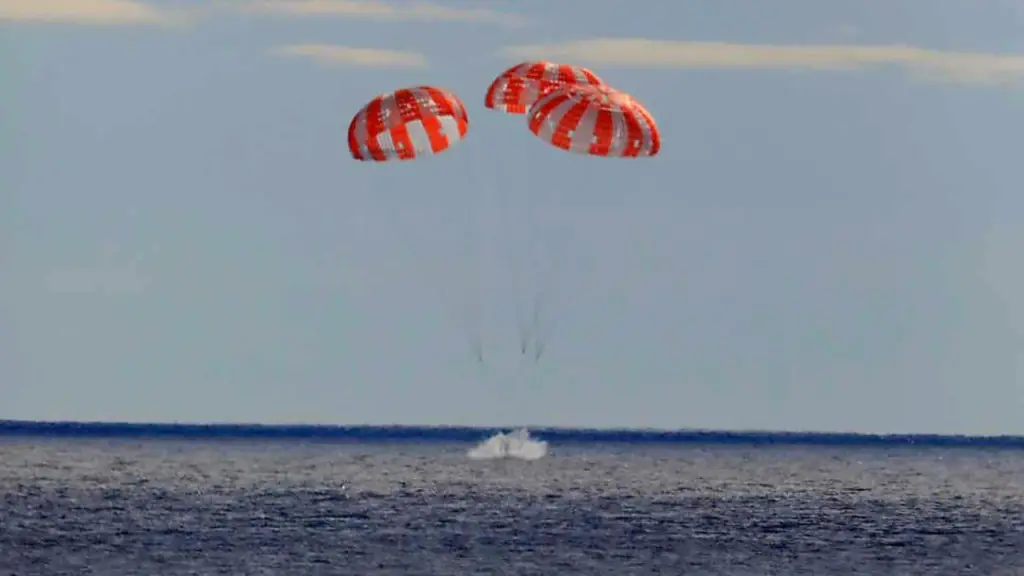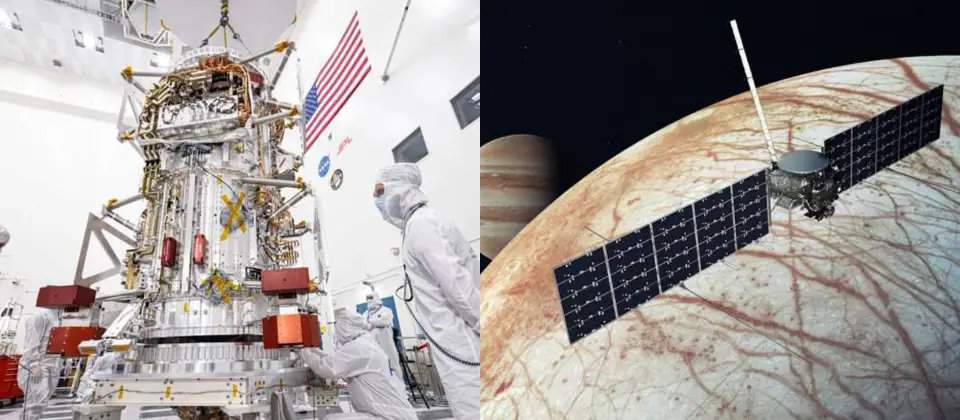On December 11 at 12:40 pm EST, NASA’s Orion Spacecraft splashed down in the Pacific Ocean, west of Baja California, after completing Artemis 1 mission which lasted for 25 days, 10 hours, and 53 minutes. The spacecraft covered a record-breaking distance of 1.4 million miles on a path around the moon before making its way back to earth. This splashdown brought NASA to the end of the Artemis 1 flight test.
Even before the lift of the Artemis 1 megarocket on November 16, NASA has already made plans on how to recover its Orion spacecraft upon splashdown. Generally, splashdown is usually the final stage of every space mission. However, the success of Orion Splashdown yesterday marks the end of a record-breaking mission that will prepare humans to return to the moon before the end of this decade.
“The splashdown of the Orion spacecraft – which occurred 50 years to the day of the Apollo 17 Moon landing – is the crowning achievement of Artemis I. From the launch of the world’s most powerful rocket to the exceptional journey around the Moon and back to Earth, this flight test is a major step forward in the Artemis Generation of lunar exploration,” said NASA Administrator Bill Nelson. “It wouldn’t be possible without the incredible NASA team. For years, thousands of individuals have poured themselves into this mission, which is inspiring the world to work together to reach untouched cosmic shores. Today is a huge win for NASA, the United States, our international partners, and all of humanity.”
How NASA is Working to Bring the Orion Spacecraft Home
Upon splashdown from Space, NASA’s Recovery teams headed toward the spacecraft and began the recovery process. The team successfully secured the Orion spacecraft from the ocean and prepared it for the journey back home.
“The recovery team consists of personnel and assets from the U.S. Department of Defense, including Navy amphibious specialists, Space Force weather specialists, and Air Force specialists, as well as engineers and technicians from NASA Kennedy, the agency’s Johnson Space Center in Houston, and Lockheed Martin Space Operations,” According to NASA.
The team will find a safe means to transport spacecraft to the Kennedy Space Center where NASA’s scientists and technicians will collaboratively work on it to obtain more data about the outcome of the Artemis 1 mission.
What next Now?
In a few days to come, the Recovery team will move the Orion Spacecraft to the seashore where it will be offloaded by NASA’s technicians and moved into a truck. From this point, the truck will carry the spacecraft to the Kennedy Space Center. Once the spacecraft arrives at Kennedy, teams of NASA officials will open the hatch and offload numerous payloads.
Some of these payloads that will be offloaded include the space biology experiments, Commander Moonikin Campos, Snoopy, and other essential flight kits. Once the unloading of these payloads is completed, the spacecraft and its heat shield will be transferred to a section where they will undergo several testing and analyses for months.
What’s NASA’s next move for the Artemis Space Program?
The success of the Artemis 1 mission shows that NASA will start preparing for its Artemis 2 mission. During Artemis 2, NASA is planning to send humans on a Flyby Mission around the moon. As the Orion capsule and its shield will undergo testing and analysis for the next couple of months, NASA will use the outcome of the test to determine how to keep astronauts safe during the Artemis 2 mission.
After the Artemis 2 mission, comes the Artemis 3 mission that will land humans on the moon in 2025. NASA is already preparing for this mission and it has awarded SpaceX the contract of building a powerful lunar lander vehicle that will guarantee the success of its Artemis 3 and 4 mission.
Conclusion
The success of the Artemis 1 mission is already showing a promising future for other Artemis Space missions. We should be hopeful about reaching a greater milestone and establishing a permanent human presence on the moon starting with the Artemis Space missions. What do you think about this successful splashdown?




